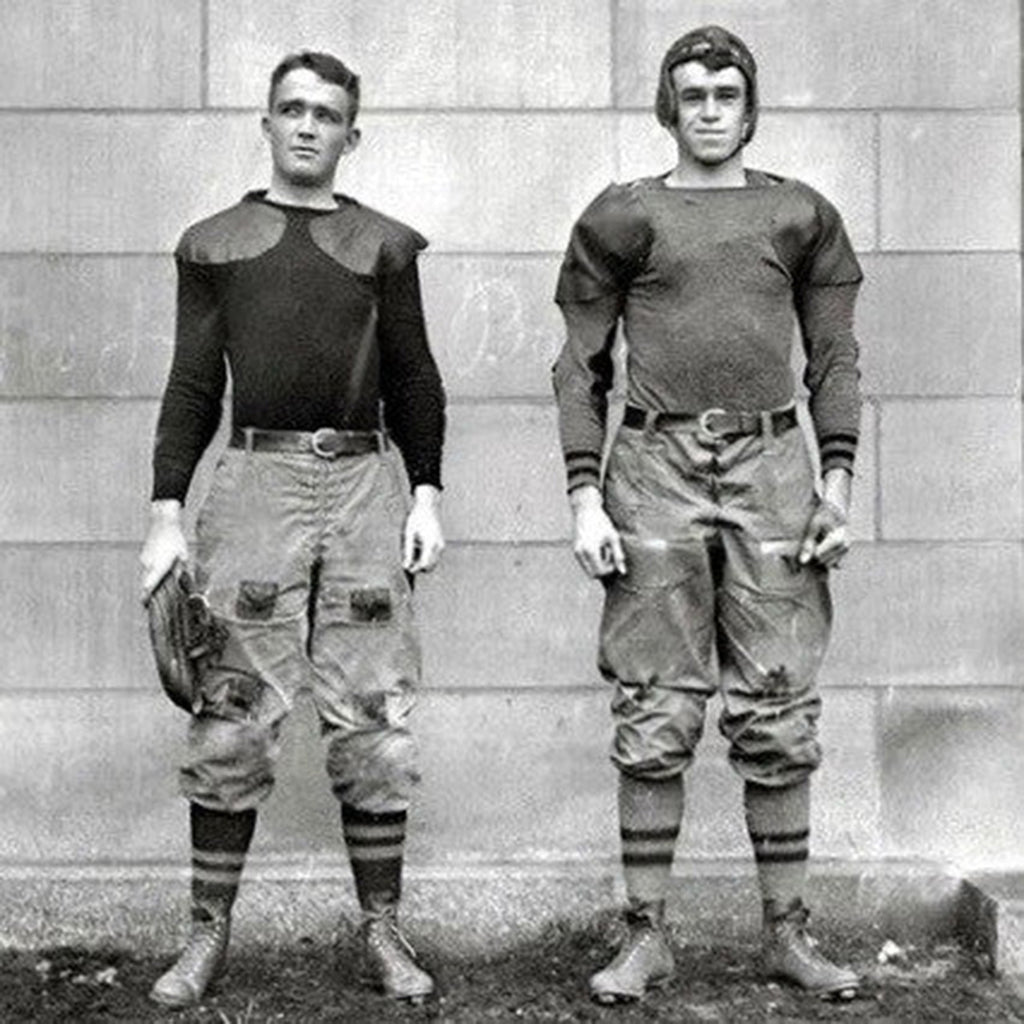
The classic grey melange loopback sweatshirt has made an interesting journey from the track, to the street, and into the comfort of our homes. It has become a modern staple wardrobe item that crosses all generations and social backgrounds.

The Duke of Windsor adds a regal touch with a Prince of Wales dress shirt
Whilst the original garments were produced in the United States, arguably the finest examples are now manufactured by British luxury cotton specialist, Sunspel, and are designed for warmth and comfort - rather than for wicking moisture.

Hollywood legend Burt Lancaster doubles up with a towel
Without a bead of perspiration in sight, Sunspel's experts kindly underwent interrogation and explained the background to their product:
Where does the sweatshirt come from?
To get to the origins of the sweatshirt, we’ll have to venture back to 1920s Alabama, when Benjamin Russell, an owner of a women’s and children’s underwear factory was presented with a problem by his son. Bennie Russell Jr, a football player with the University of Alabama, had grown frustrated with the highly uncomfortable wool jerseys sported by the players. These were itchy, and prone to shrinking after washing.

In the early 1900s, American football players were prone to irritation
Benjamin set about developing a comfortable alternative, using women’s underwear material as football shirts. The sweatshirt’s popularity amongst the sporting fraternity was immediate. Adopted amongst football and baseball players across the country, the sweatshirt became synonymous with American sport and comfort. Incidentally, it picked up it’s not so glamorous sounding name from factory workers who commented on its apparent state post-game.

Elvis Presley lets the sweatshirt do what it's supposed to do
What is ‘Loopback’?
The term ‘Loopback’ is a literal description of the particular knit that features loops on the underside of the fabric and is the technical term given to the fabric commonly used for sweatshirts. The name comes from ‘Loopwheel’, the traditional knitting machine that was historically used to knit the fabric.

The extraordinary structure of the loopback knit
The traditional Loopwheel minimised the tension of the knit. Conversely, the face of our modern ‘Q40 Loopback’ is tightly knitted from two fine yarns, creating a fabric that is more resistant to pilling (getting bobbles) which creates a less stodgy feel than typical sweatshirt fabric.

No bobbles on the smooth (former Anthony Sinclair customer) Gene Kelly
Having the loops on the back of the fabric was originally designed to allow the sweatshirt to absorb sweat from your body and pass it into the garment to keep you cool. Our sweat top traps warm air to provide an insulating layer.

Steve McQueen's sweatshirt kept him warm in the cooler
What is that triangle on the sweatshirt?
‘That triangle’ has been a subject of debate within the Sunspel offices. The ‘Triangle’ or ‘Dorito’ as it’s been affectionately named, is a design feature that has appeared on sweatshirts since their inception.

Another Sinclair customer, Warren Beatty, attracting the usual attention
The technical name is the ‘V-Stitch’ or ‘V-Insert’, a piece of ribbed cotton jersey or elasticised material commonly found in waistbands. These were originally used as a means of collecting sweat around the chest and neckline after exercise.

The Sunspel "Dorito" V-Stitch
Further to their practical uses, the V-Stitch was put in as a way of controlling the stretch of the neckline when pulling the garment on. Today, with improvements on design of the sweatshirts the triangle is more of a visual feature harking back to collegial sportswear.
That's all very interesting, but James Bond wouldn't wear one... would he?

Click here to view collection.